The Beauty of Gerbera Daisies: Vibrant Colors and Long Stems
Gerbera daisies are beloved by florists and gardeners for their vibrant colors and long stems. These South African natives have a unique appearance, featuring a large central disk surrounded by bright petals that can be single or double.
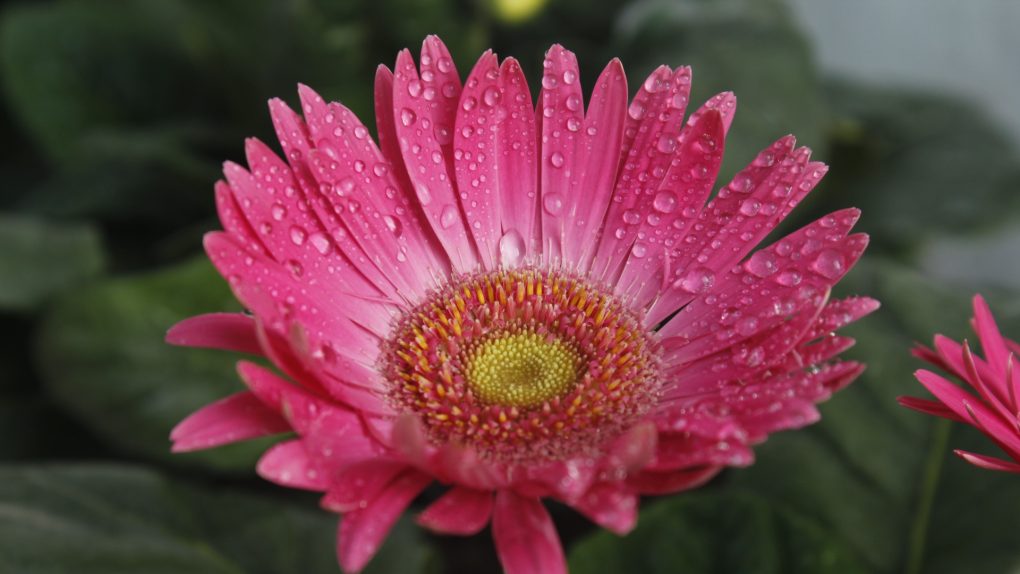
Gerbera daisies have impressive longevity as cut flowers and can infuse any room with a burst of color. They are frequently included in floral arrangements for weddings, special events, and home decor. With a wide variety of options, these exquisite blooms offer endless opportunities to add charm and vibrant hues to your space.
Table of Contents
Exploring Gerbera Daisies: An Introduction
Gerbera daisies are a popular choice for floral arrangements due to their vibrant colors and long stems. These beautiful flowers come in bright shades of pink, orange, and yellow, making them an ideal addition to any bouquet.
To thrive, Gerbera daisies require ample sunlight and well-draining soil. Regular deadheading promotes new growth and extends the blooming period, allowing you to relish their beauty even longer. Moreover, these flowers symbolize cheerfulness, innocence, and purity, making them suitable for personal and professional settings alike.
Botanical and Common Names
In the realm of botany, Gerbera daisies are scientifically known as Gerbera jamesonii, but they are more commonly referred to as Transvaal daisies or Barberton daisies. These captivating flowers originate from South Africa and have been cultivated for over 300 years due to their beauty and versatility.
With a wide range of color options available, including pink, red, yellow, orange, and white, it comes as no surprise that Gerbera daisies are perennial favorites among florists and gardening enthusiasts. Their long stems make them perfect for bouquets, arrangements or even cut flowers in vases. Beyond their aesthetic allure, Gerbera daisies also hold significant cultural value; they are utilized in traditional medicine to treat various ailments.
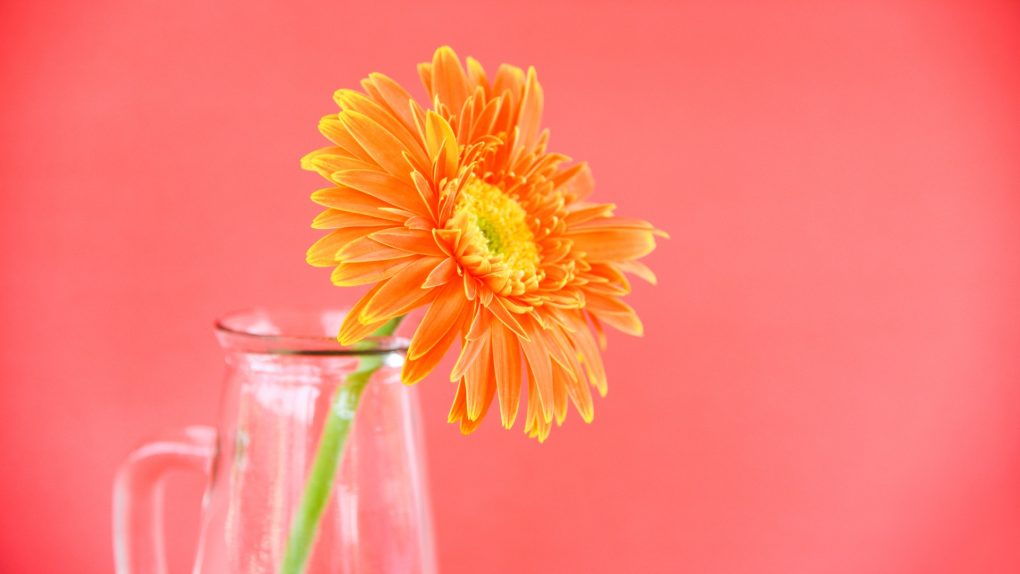
Hardiness Zones and Height
Gerbera daisies thrive in gardens when provided with the appropriate conditions. They are hardy in zones 8-10 and can be grown annually in other regions. These plants require full sun and well-draining soil to flourish. With a potential height of up to two feet, Gerbera daisies boast long stems that make them ideal for cut flowers and floral arrangements. By providing proper care and maintenance, you can ensure that Gerbera daisies bloom throughout the entire season, infusing any space with vibrancy.
Exposure and Blooming Period
With their strikingly vibrant colors and long stems, Gerbera daisies are popular for gardeners and florists alike. These flowers thrive and bloom throughout the spring, summer, and fall when exposed to full sun. In warmer climates, they may even bloom year-round.
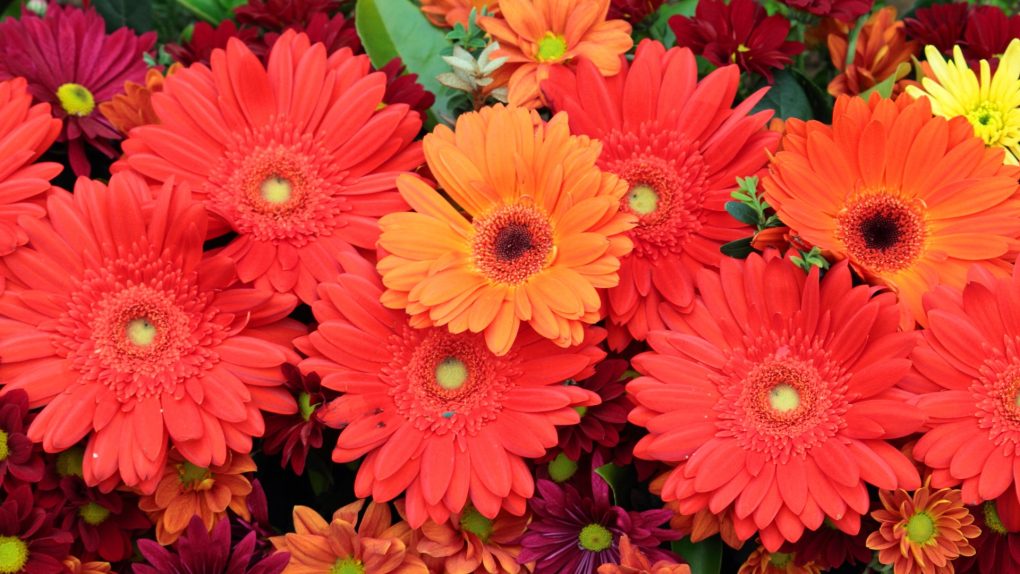
Indoor Gerbera daisies require a minimum of six hours of direct sunlight or bright artificial light for proper blossoming. With their broad range of colors, including red, yellow, orange, pink, and white, these flowers can brighten up any indoor or outdoor space. Additionally, their long stems make them an excellent choice for cut flowers and floral arrangements.
Flowers and Foliage
Gerbera daisies are renowned for their stunning flowers and foliage, making them popular for gardens and floral displays. With vibrant colors and long stems, these flowers add texture and dimension to any arrangement.
Their distinctive shape features a central disk surrounded by radiating petals, making them instantly recognizable. Moreover, the deep green leaves of Gerbera daisies are lobed or toothed, adding further visual interest. Whether showcased alone or combined with other flowers, Gerbera daisies are an excellent way to infuse color and energy into any space.
Types of Gerbera Daisies
Gerbera daisies come in various colors and varieties, making them a popular choice among flower enthusiasts. Here are some of the different types of gerbera daisies you can explore for your garden or floral arrangements:
1. Single-flowered Gerbera Daisies
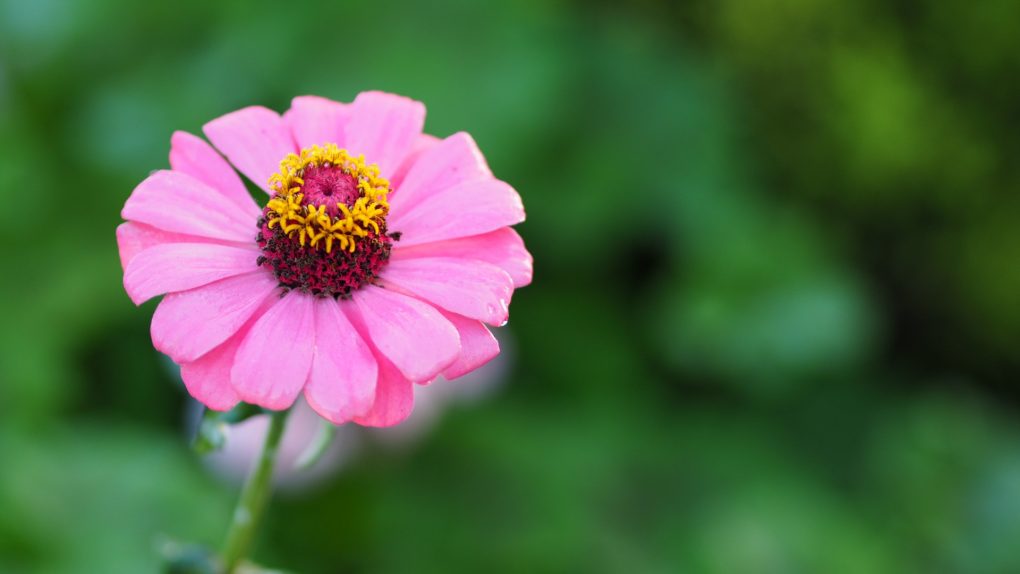
Single-flowered gerbera daisies feature a large, solitary flower head with a prominent center disc surrounded by colorful petals. These daisies are available in various vibrant hues, including red, yellow, orange, pink, and white. Single-flowered gerbera daisies are perfect for adding a bold splash of color to your garden or bouquets.
2. Double-flowered Gerbera Daisies
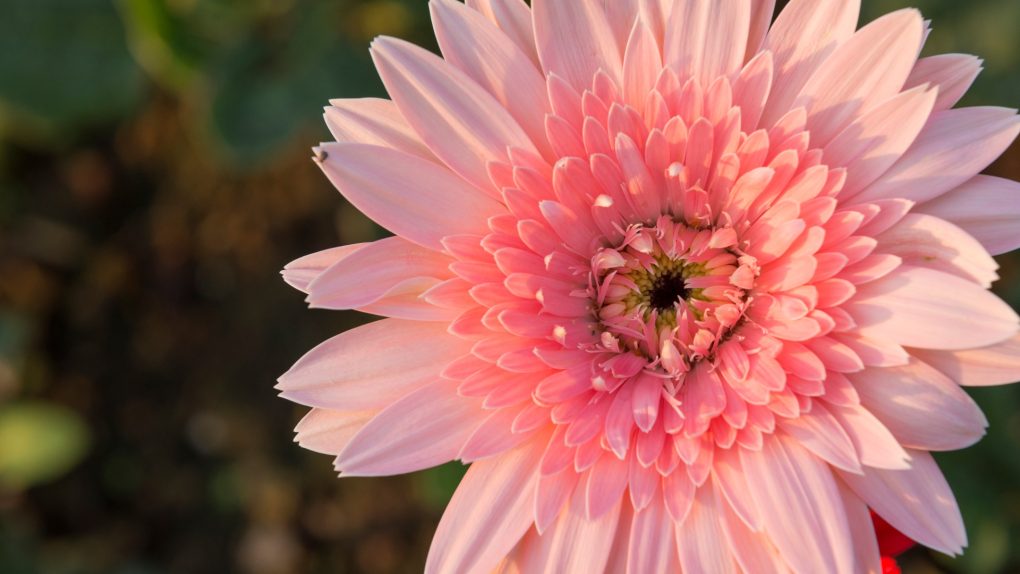
Double-flowered gerbera daisies are known for their extravagant and full blooms. They have multiple layers of petals, creating a lush and visually striking appearance. Double-flowered varieties come in captivating colors, such as deep purples, rich oranges, and creamy pastels. These daisies make a stunning focal point in any floral arrangement.
3. Crested Gerbera Daisies
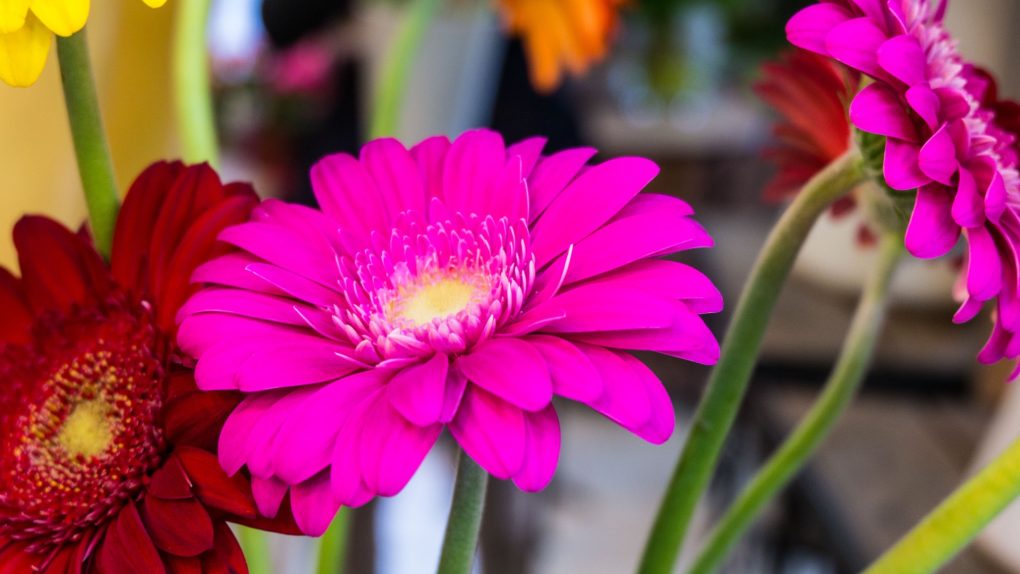
Crested gerbera daisies are unique and eye-catching due to their distinct petal formation. They feature a tufted or crested center disc, which gives them a charming and playful look. The petals of crested gerbera daisies can be solid colors, bicolored, or even splashed with contrasting hues. These daisies add a whimsical touch to gardens and floral displays.
4. Miniature Gerbera Daisies
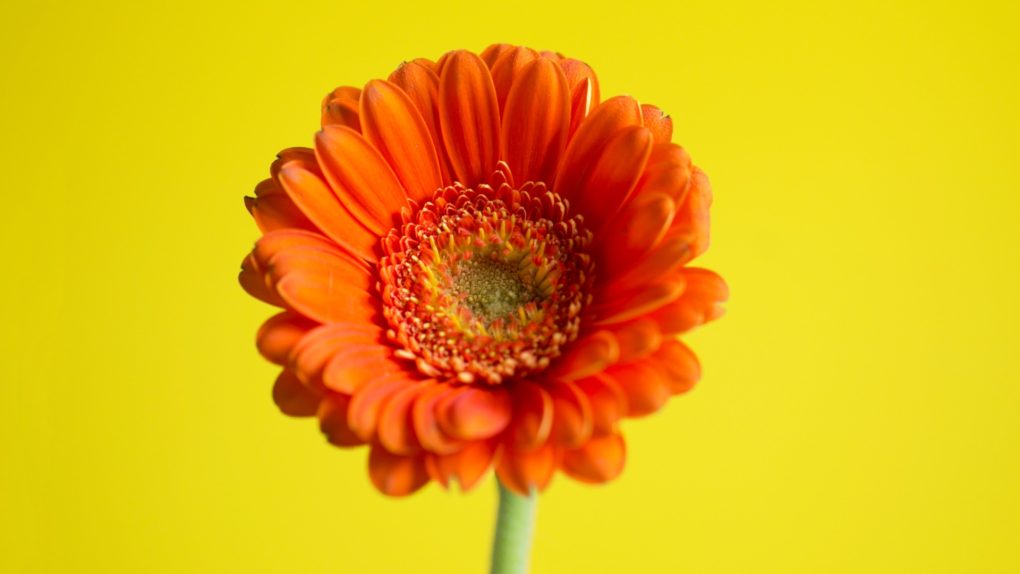
Miniature gerbera daisies, also known as “germinis,” are compact versions of the regular gerbera daisy. Despite their smaller size, they pack a punch with their vibrant colors and charming appearance. Miniature gerbera daisies are available in various shades, making them ideal for small bouquets, floral arrangements, or even potted plants.
5. Spider Gerbera Daisies
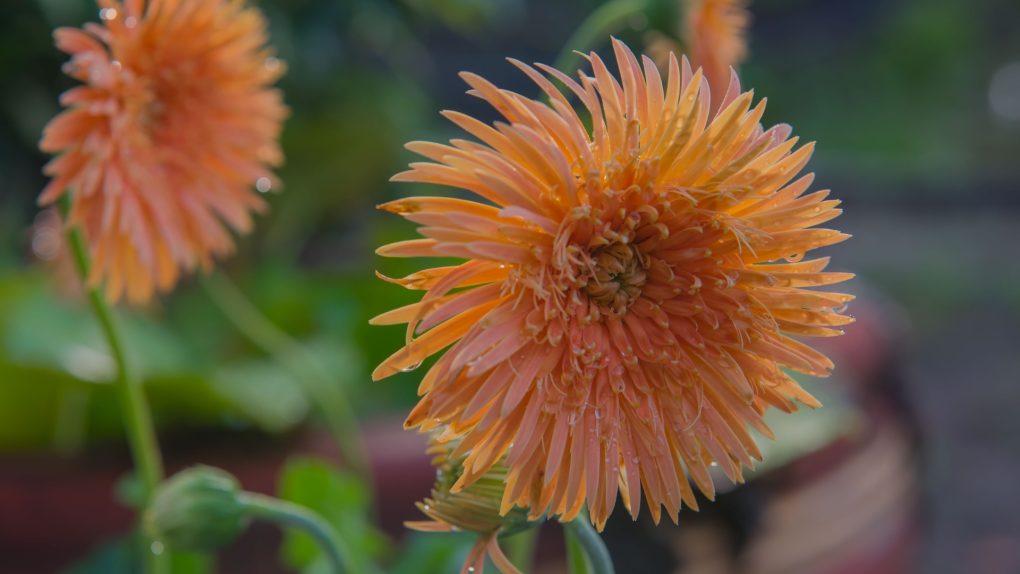
Spider gerbera daisies are characterized by their long, slender petals that resemble spider legs. These unique daisies add an intriguing element to any floral composition. The petals of spider gerbera daisies can be solid colors or exhibit captivating patterns, such as stripes or speckles. Including spider gerbera daisies in your garden or arrangements adds a touch of elegance and intrigue.
6. Specialty Gerbera Daisies
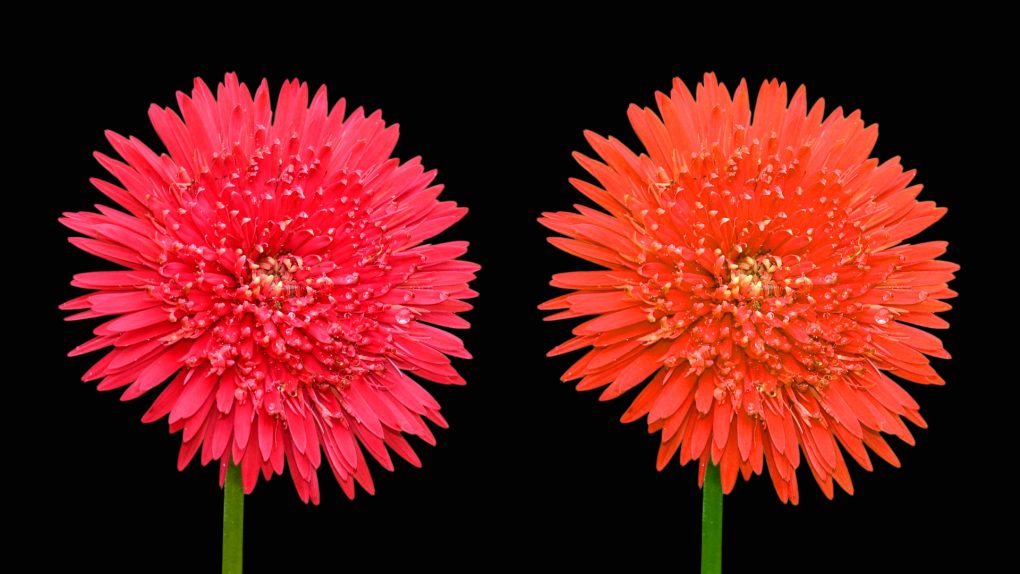
Specialty gerbera daisies encompass a wide range of cultivars that feature distinctive characteristics. These may include variations in petal shape, size, color patterns, or even unique textures. Specialty gerbera daisies offer endless possibilities for creative floral arrangements, as they provide a delightful mix of colors and forms.
Whether you prefer the simplicity of single-flowered gerbera daisies or the abundance of double-flowered varieties, there is a gerbera daisy type to suit every taste and style. Experimenting with different types can add diversity and visual interest to your garden or floral designs.
Growing Gerbera Daisies
Location plays a crucial role when planting gerbera daisies. Follow these tips for successful growth:
Planting Time and Location
Choose a sunny spot with well-draining soil for optimal growth. Gerbera daisies thrive in areas with full sun exposure, making them a great choice for rock gardens and borders. Avoid planting them in heavy clay soils or areas with poor drainage to prevent root rot. Spring is the best time to plant gerbera daisies after the frost danger has passed. In mild-winter regions, fall planting is also possible. This timing allows them to establish before the hot summer months.
Prepare the soil by adding organic matter such as composted leaves or bark. This improves soil structure and nutrient content. If growing indoors, ensure adequate light and warmth. With proper care, these vibrant flowers can adorn your garden or indoor space for weeks.
Soil Preparation and Starter Plants
For healthy and vibrant gerbera daisies, soil preparation is crucial. They prefer well-draining soil rich in organic matter. Add compost or other organic materials before planting. Starter plants are an excellent option for beginners, requiring less maintenance than seeds. When planting starter plants, space them at least 12 inches apart and water deeply. Applying a layer of mulch around the base helps retain moisture and suppress weed growth. With proper soil preparation and care, your gerbera daisies will thrive, adding color to your garden.
Growing from Seeds
Starting gerbera daisies from seeds can be a rewarding experience. Follow these steps:
1. Choose a well-draining soil mix and sow the seeds on the soil surface.
2. Lightly cover the seeds with a thin layer of soil.
3. Keep the soil moist but not waterlogged during germination.
4. Provide bright, indirect sunlight and moderate temperatures.
5. Once established, transplant the seedlings into larger containers or directly into the garden.
Growing from seeds requires patience and effort, but it offers greater control over the plant’s development, encouraging beginners to take risks and try new things.
Gerbera Daisy Care and Maintenance
Gerbera daisies require proper care and maintenance for thriving growth. Follow these tips:
Light and Watering Requirements
Provide gerbera daisies with bright but indirect sunlight. Water them when the top inch of the soil feels dry. Overwatering can lead to root rot, so avoid excessive moisture. Fertilize during the growing season to promote health and blooming. Remove old blooms to encourage new growth. Monitor for pests such as spider mites and aphids. If an infestation occurs, treat it promptly. With adequate care, your gerbera daisies will brighten your garden for years.
Temperature, Humidity, and Fertilizer Needs
Maintain a balanced environment for gerbera
daisies with attention to temperature, humidity, and fertilizer:
● Temperature: Keep them between 60-75°F for optimal growth. Extreme temperatures can cause stress and affect growth.
● Humidity: These plants prefer high humidity levels, so ensure proper moisture in the air.
● Fertilizer: Use balanced NPK ratio fertilizers. Avoid over-fertilization, which can harm roots and stunt growth. Consistent monitoring of the growing environment promotes healthy and vibrant blooms.
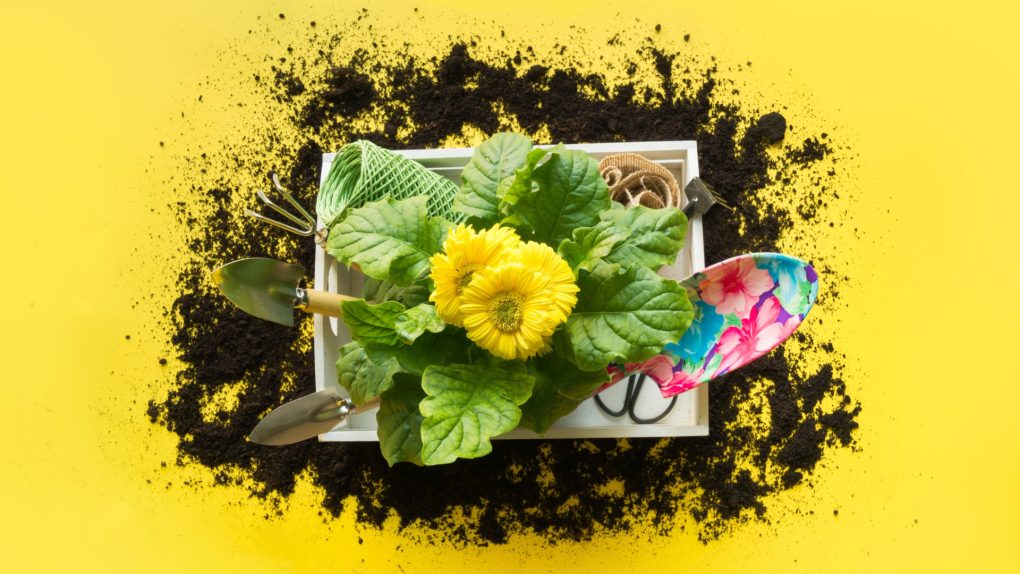
Propagating and Pruning Gerbera Daisies
You can divide the plant or start from seeds to propagate gerbera daisies. Carefully separate the roots for division and provide well-draining soil and moderate watering for healthy growth. Deadhead spent blooms and prune leggy stems to encourage new blooms and prolong the blooming season. Pay attention to common pests like aphids, spider mites, thrips, and diseases like powdery mildew and crown rot. Pruning techniques and regular fertilization help maintain vigorous and vibrant gerbera daisies.
Potting, Repotting, and Overwintering
Potting, repotting, and overwintering are crucial for growing and caring for gerbera daisies. Follow these tips:
● Potting: Use well-draining potting soil and containers with drainage holes.
● Repotting: Repot when the roots outgrow the current container or every 2-3 years to allow ample room for growth.
● Overwintering: Protect gerbera daisies from cold temperatures. Fertilize regularly and water deeply, allowing the soil to slightly dry between watering sessions. Deadhead spent flowers to encourage new blooms and maintain a neat appearance.
Common Pests and Plant Diseases
Gerbera daisies can face pests and diseases. Here are some common ones and how to deal with them:
● Spider mites: These pests cause yellowing or bronzing of leaves, and treat them promptly with insecticidal soap.
● Powdery mildew: A fungal disease characterized by a white powdery coating on leaves and stems. Keep the plant dry and well-ventilated to prevent it.
● Botrytis blight: Another fungal disease that causes brown spots and wilted flowers. Ensure good air circulation and remove affected parts promptly.
● Aphids: These pests suck sap from the plant, resulting in stunted growth and distorted flowers. Control them with insecticidal soap or other appropriate treatments.
Troubleshooting Gerbera Daisy Problems
When troubleshooting Gerbera daisy problems, consider the following issues and their solutions:
● Yellowing leaves: Adjust watering to prevent overwatering or underwatering. Ensure proper nutrient supply through regular fertilization.
● Wilting flowers: Check for sufficient water and sunlight. Provide adequate amounts of both.
● Pests: Combat aphids and spider mites with insecticidal soap or appropriate treatments.
● Fungal diseases: Keep the plant dry and well-ventilated to prevent powdery mildew or botrytis blight.
Velvety Coating and Yellowing Leaves
Yellowing leaves can result from overwatering, underwatering, nutrient deficiencies, or pest infestations. For example, a velvety coating on leaves might indicate a fungal infection like powdery mildew.
To prevent yellowing leaves, water properly and fertilize regularly with a balanced fertilizer. Inspect plants for pests like aphids or spider mites, treating them promptly. Regular pruning and deadheading help maintain healthy and vibrant Gerbera daisies. If you notice a velvety coating, use fungicides to eliminate the fungal infection.
